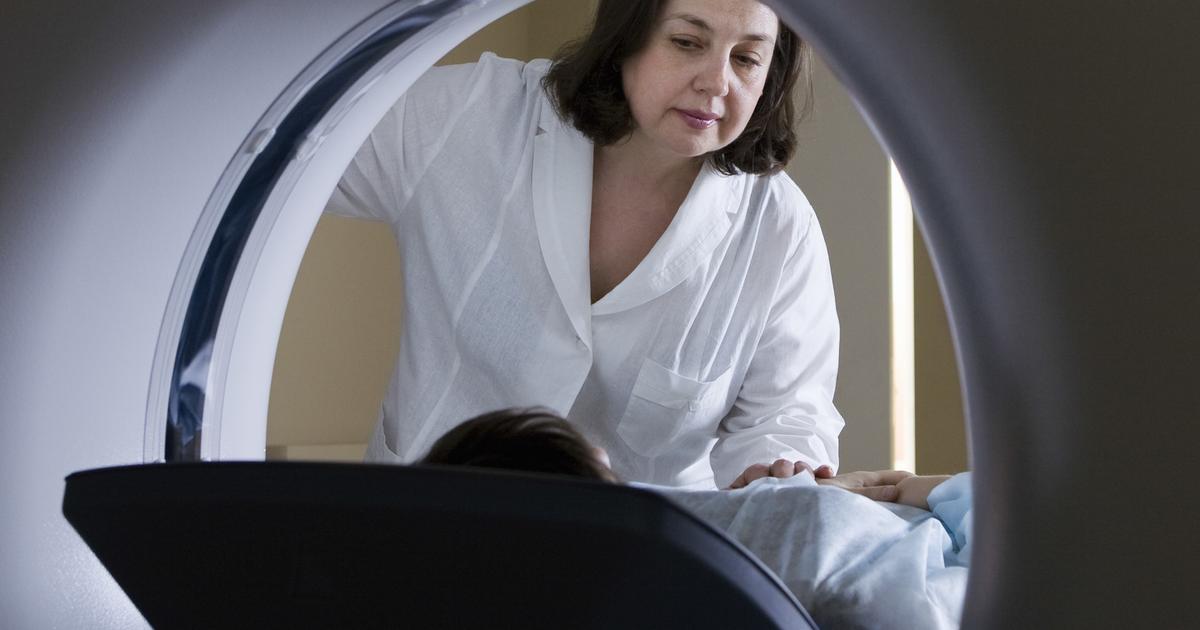Guide To Effective Lung Cancer Diagnosis And Treatment
Lung cancer is a type of cancer that originates in cells that form in an individual's lung tissues. Lung cancer leads the United States in most cancer precipitated fatalities, claiming more lives than prostate, ovarian, colon, and breast cancers combined. The most prevalent causes of lung cancer are cigarette smoking and prolonged secondhand smoke exposure. Individuals who do not smoke can also get lung cancer, but causes of such cases are unclear. Symptoms include shortness of breath, chest pain, headache, bone pain, hoarseness, coughing blood, and a persistent cough.
Patients have a variety of lung cancer treatment options. They may undergo immunotherapy for lung cancer or even have a regimen for lung cancer medication. Radiation treatment for lung cancer may also be an option. Ultimately, patients must discuss the best lung cancer treatments with their doctor. Of course, it helps to have a basic understanding of these options, and the diagnostic tests, first.
Sputum Cytology

Doctors may choose to order a sputum cytology if they suspect that a patient has lung cancer. Typically, this test is ordered when patients display symptoms such as shortness of breath, lung pain, and a persistent cough. This test involves coughing up some sputum. SPutum, which is also called phlegm, is the fluid that lower respiratory tract cells secrete. Once doctors have the sample, it will often be sent to the lab for analysis. This is where a technician will examine the patient’s sputum sample under a microscope and look for any cancerous cells. Unfortunately, this test is often not sufficient as the only diagnostic test for lung cancer.
Computerized Tomography Scan

One of the most common tests involved in diagnosing lung cancer is a computerized tomography (CT) scan. The scanning machine takes x-ray images of the patient’s lungs to get a detailed view of their condition. A computerized tomography scan will show doctors the shape and size of the patient’s lung tumor, as well as its precise location. The scan should also let the doctor know if the patient’s tumor has spread to anywhere else in their body and if the patient has any larger lymph nodes in their chest. They can also use this image to help guide a biopsy, which can help definitively diagnose lung cancer.
